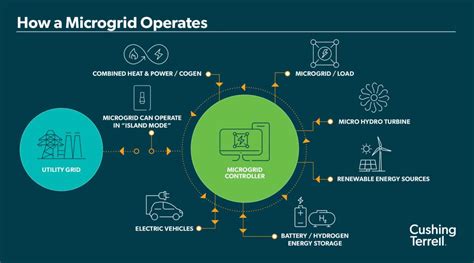In recent years, the advent of blockchain technology has revolutionized various sectors, including the energy industry. Blockchain microgrids, which are decentralized, self-sustaining energy systems, are increasingly gaining traction as they offer a more sustainable and efficient way of managing energy. However, the rise of “energy pirates” has raised concerns about the security and integrity of these systems.
What are Energy Pirates?

Energy pirates are individuals or groups that exploit vulnerabilities in blockchain microgrids to steal or manipulate energy resources. These pirates can bypass the system’s security measures and gain unauthorized access to the network, allowing them to extract energy without paying for it. This poses a significant threat to the sustainability and economic viability of blockchain microgrids.
How do Energy Pirates operate?
Energy pirates exploit the following vulnerabilities in blockchain microgrids:
1. Inadequate Security Measures: Weak security protocols can be easily bypassed by cybercriminals, providing them with an opportunity to infiltrate the system and steal energy.
2. Incomplete Verification Processes: If the verification process for energy generation and consumption is not thorough, energy pirates can manipulate the system to their advantage.
3. Centralized Control: A centralized control system can be more susceptible to attacks, as energy pirates can target a single point of failure to gain access to the entire network.
The Impact of Energy Pirates
The rise of energy pirates has several negative consequences:
1. Economic Loss: Energy pirates can cause significant financial losses to blockchain microgrid operators, as they steal energy resources without paying for them.
2. Disruption of Services: By manipulating the system, energy pirates can disrupt the supply of energy to legitimate users, leading to inconvenience and potential harm.
3. Reduced Trust: The presence of energy pirates can erode the trust of consumers in blockchain microgrids, as they may question the security and reliability of these systems.
Mitigating the Risk of Energy Pirates
To combat the rise of energy pirates in blockchain microgrids, several measures can be taken:
1. Strengthen Security Protocols: Implementing robust security measures, such as advanced encryption and authentication processes, can help prevent unauthorized access to the network.
2. Decentralization: By distributing control across multiple nodes, blockchain microgrids can reduce the risk of a single point of failure and make it more difficult for energy pirates to infiltrate the system.
3. Continuous Monitoring: Regularly monitoring the network for suspicious activities can help identify and mitigate potential threats before they cause significant damage.
4. Community Engagement: Encouraging community involvement in the operation and maintenance of blockchain microgrids can enhance transparency and reduce the likelihood of energy piracy.
Conclusion
The rise of energy pirates in blockchain microgrids is a pressing concern that requires immediate attention. By implementing robust security measures, decentralizing control, and fostering community engagement, blockchain microgrid operators can protect their systems from the threat of energy piracy and ensure the long-term success of these innovative energy solutions.
